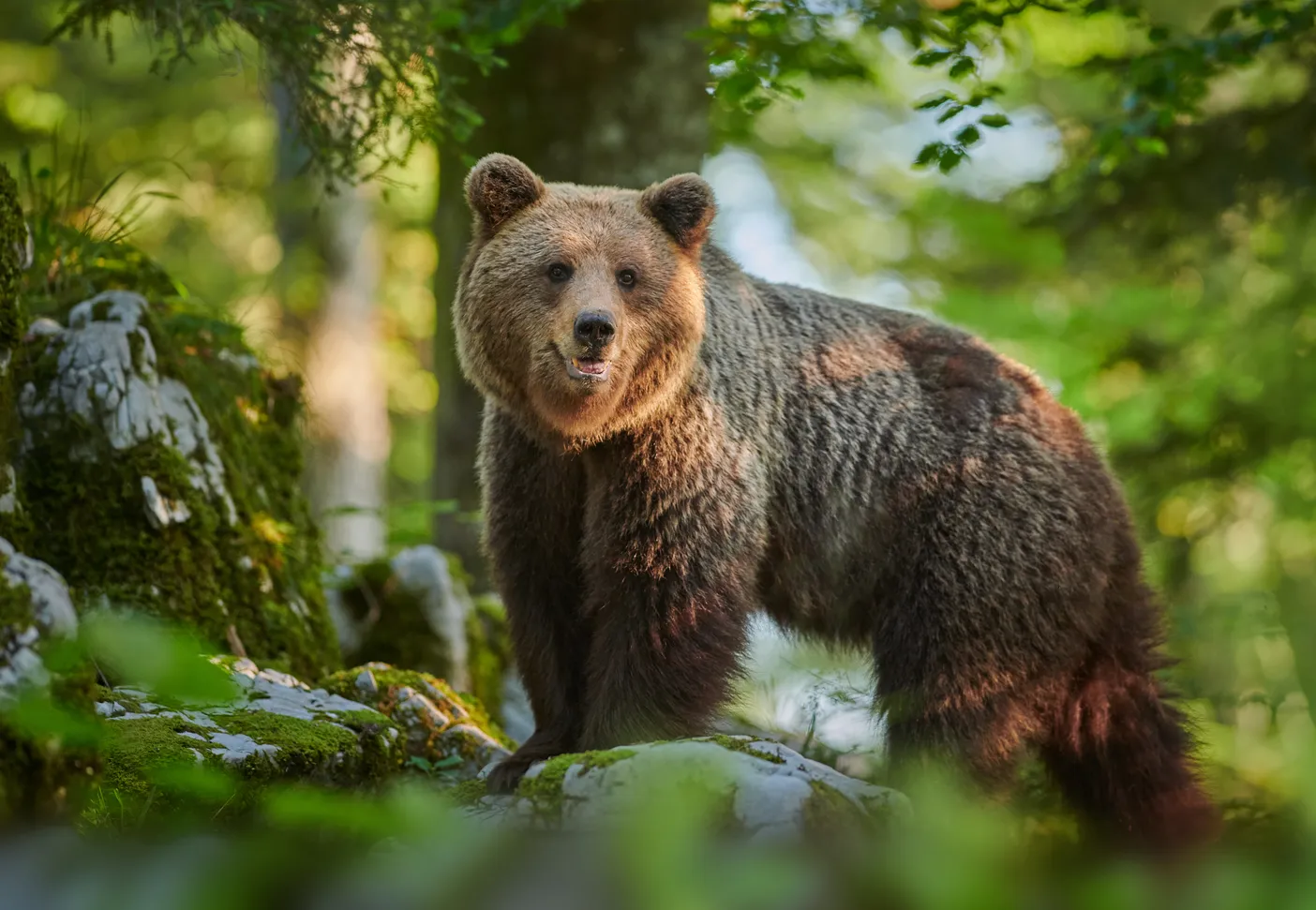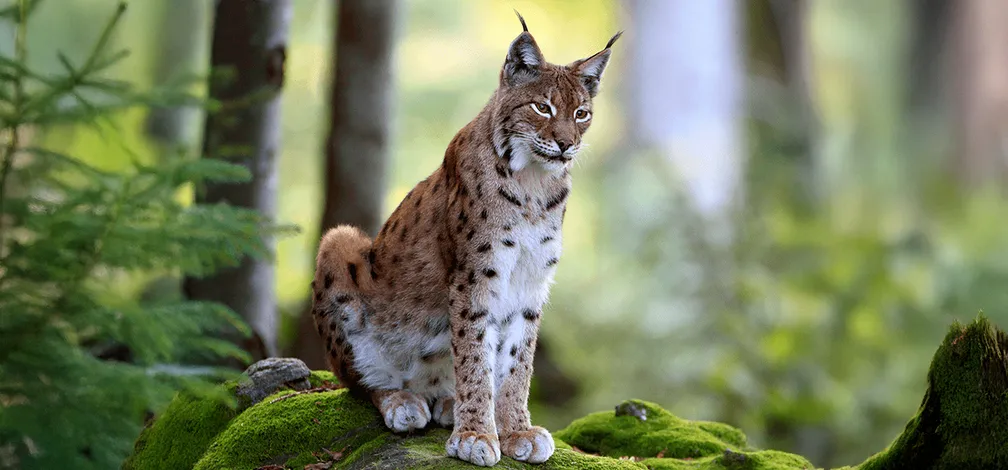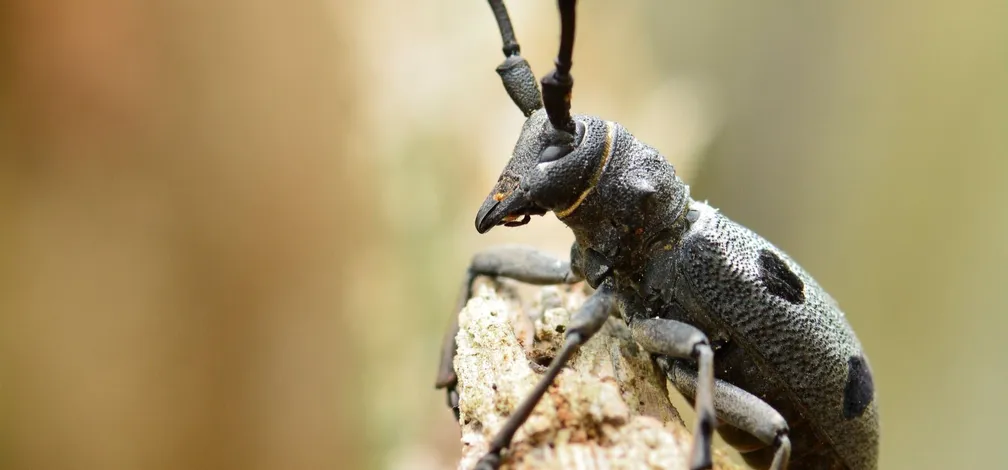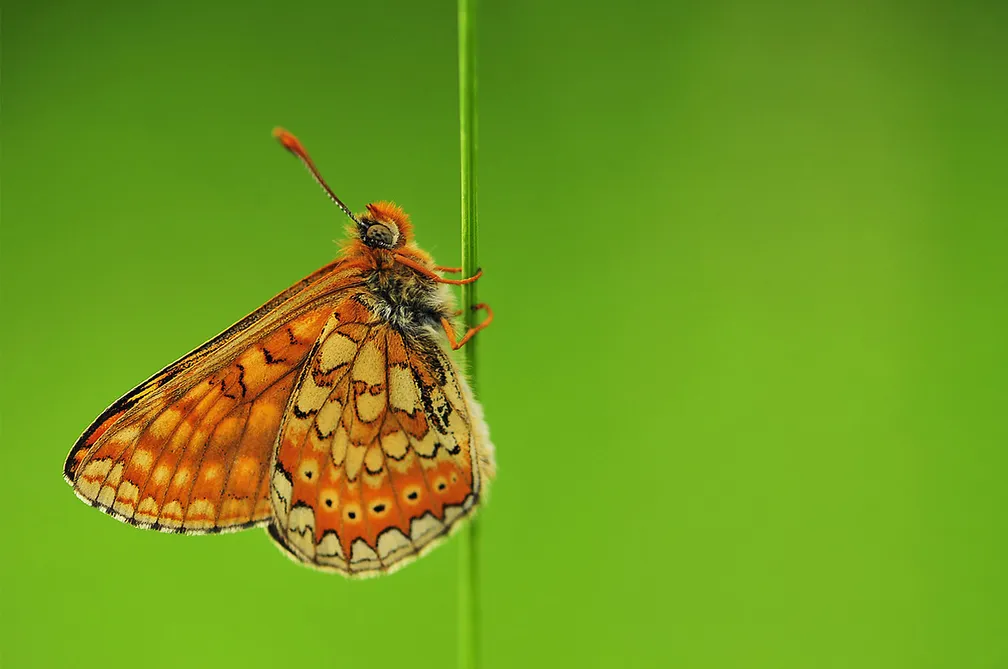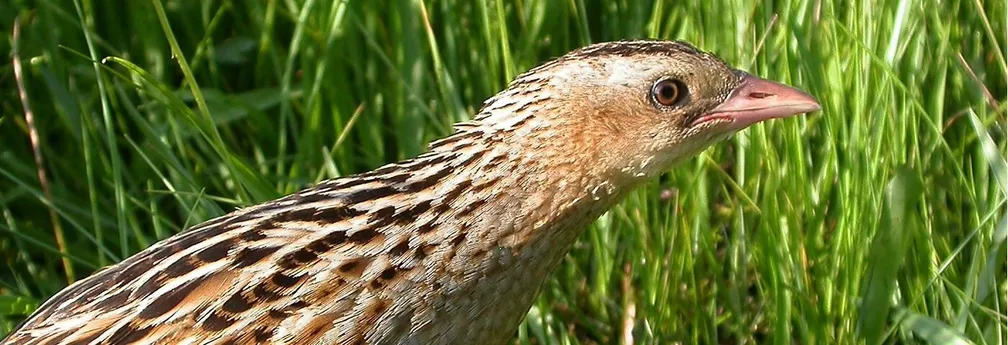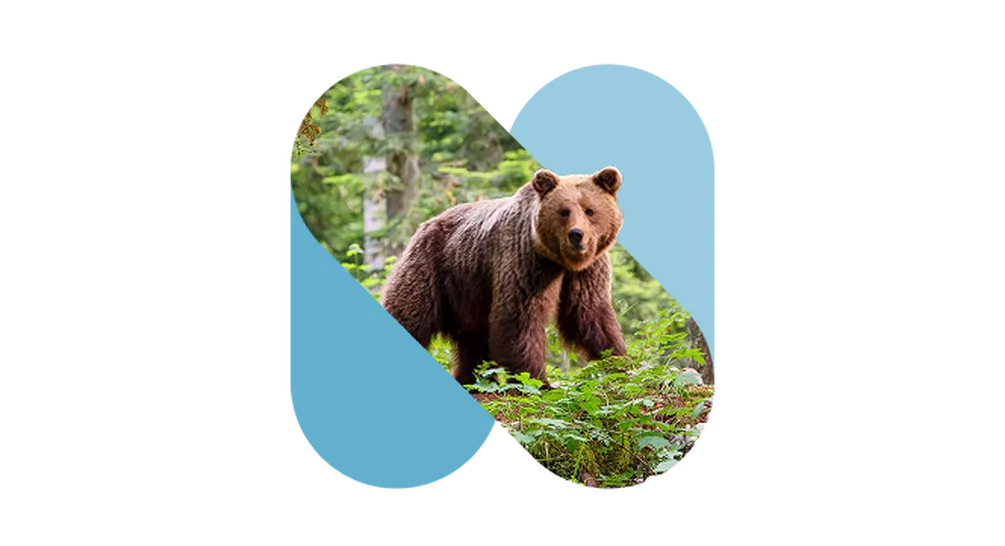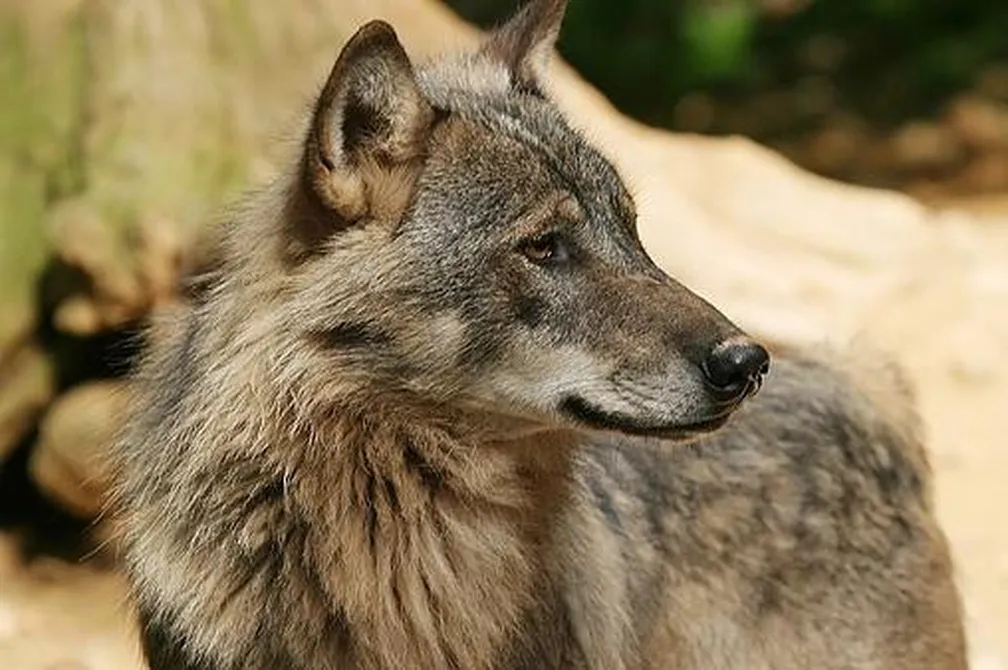
Males are much bigger than females and can weigh more than 200 kg. This giant among beasts lives about 30 years and is a pronounced omnivore. It feeds on mushrooms, fruits, bulbs, rootstocks and green plants, but it especially enjoys larvae of ants and wasps. It rarely preys on larger animals, but it cannot resist carrion.
In autumn, this hairy creature holes up in its den under torn up trees or in caves and hibernates. During the winter, females also give birth to cubs, which stay with their mothers for a year and a half before they become independent.
Unfortunately, Bears have been eradicated in many areas. In the past, they were commonly persecuted in Slovenia as well, but they managed to survive in the Kočevje and Snežnik forests. Bear has been included on the Red List of threatened mammals of Slovenia, and may become extinct if the risk factors are not constrained. Long-term survival of this mighty mammal in Slovenia is only possible through public support of its protection.
